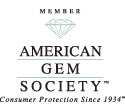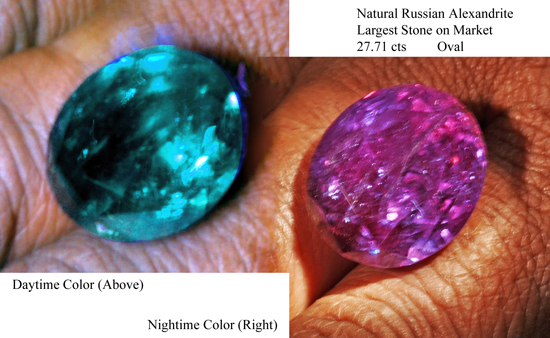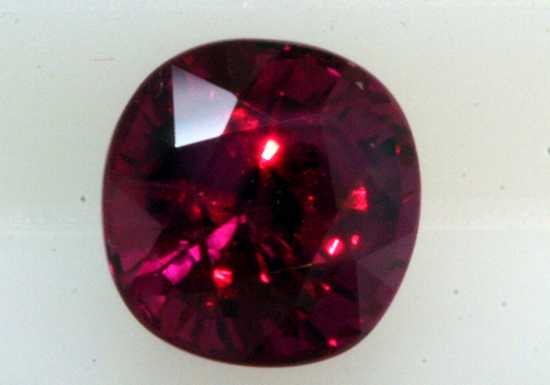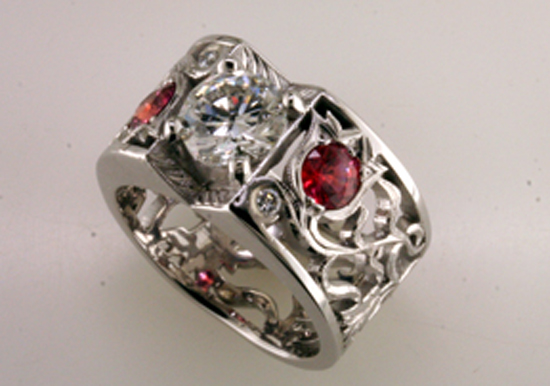We’d like to announce our upcoming Annual Sale, to be held Saturday, August 1 through Saturday, August 15. Unlike many retail businesses, we have just one sale per year. Rather than having constant “sales” with big discounts off unrealistically high prices, our philosophy is to price our merchandise fairly to begin with so that you, our valued clients, can be sure of getting good value every time you buy.
But like any business, we must clear our inventory to be able to buy new pieces to offer. When we say clearance, we mean it. Pieces that, for whatever reason, haven’t sold within the last year will be drastically marked down. We don’t discount our Raincross collection or estate pieces on consignment, but everything else is fair game!
Here are a few examples:
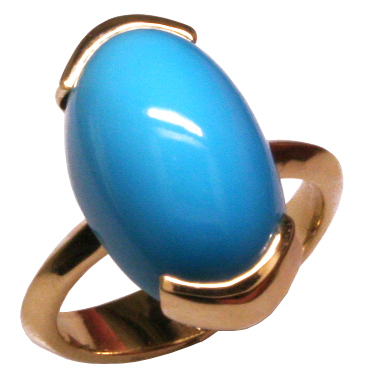
14k Turquoise Art Deco ring
This gorgeous 14k yellow gold Mardon original recreation of an Art Deco style features a fabulous untreated Sleeping Beauty natural turquoise in a classic sugarloaf cut. $695, will be $486.60

Diamond Dragonflies in 18k gold
These stunning 18K white gold Dragonfly earrings by Michael Schofield are set with .62 cts of high quality baguette and marquise diamonds. $1650, will $825 — Half Price!

1ct Colombian Emerald, 18k Designer ring
This elegant 18K white gold ring by Phil Zahm is set with a gorgeous 1.o8 ct. natural Colombian Emerald that is unusually clean and bright, plus .32 ct of diamonds and two surprise emeralds! $6995, will be $3497.50– Great for an engagement ring!
This is your chance for the bargain of the year from our inventory of fabulous high quality jewelry. Hurry down – first come, first serve, all sales will be final. Watch for more blogs with bargains and Mark Your Calendar!
Saturday, August 1 thru Saturday, August 15



